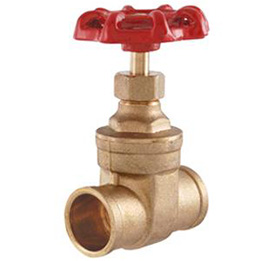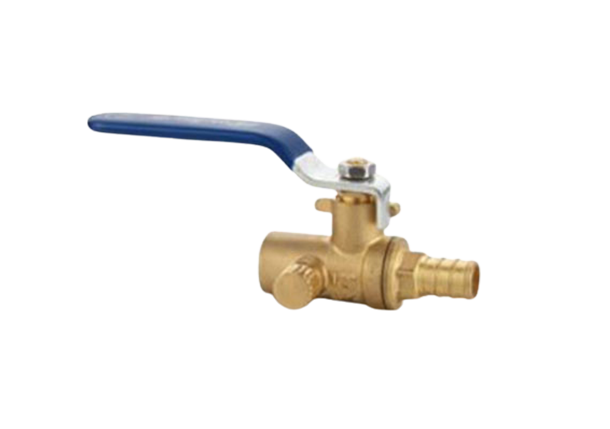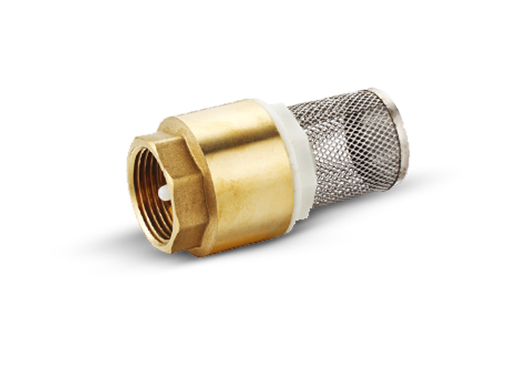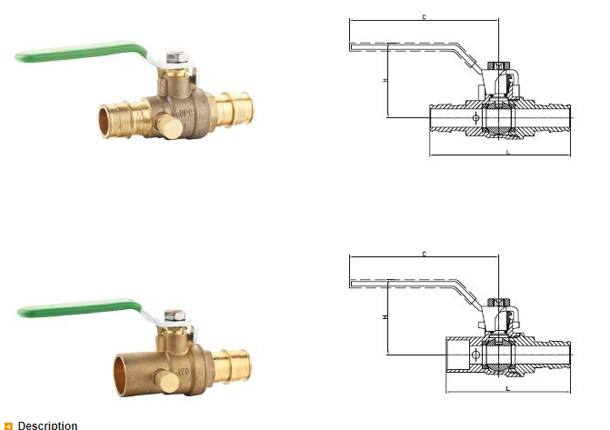In the field of valves, cold expansion ball valve is a top-mounted ball valve with a thermal expansion and contraction compensation structure, including a valve body, a valve ball, a valve seat and a valve cover. This new OEM ball valve is characterized in that: the valve seat is a single-end beveled valve seat, an expansion and contraction compensation structure including a spring. And a wedge-shaped engagement ring is arranged between the end and the valve orifice in the mechanical ball valve body. The spring is sleeved on the guide post-fixed outside the long wall of the wedge-shaped joint ring, and the free end of the spring extends into the blind hole on the valve cover. As a professional bronze ball valve supplier, we try to solve the technical problem that the industrial ball valve will not be stuck due to too high working temperature and leaking due to too low working temperature cold water expansion valve leaking. Contact us now for more info about the brass ball valve price!
Cold Expansion Ball Valve Working Principle
-
Here is the ball valve working principle. By sensing the superheat of the gaseous refrigerant at the evaporator's outlet, the thermal expansion pex ball valve with locking arrangement controls the ball valve flow of refrigerant into the evaporator.
Bronze pressure regulator is classified as external balance or internal balance based on their balance methods. Externally compressed air ball expansion valves are commonly found in industrial cooling equipment. The thermal expansion valve is made up of a sensing mechanism, an implementing mechanism, an adjusting mechanism, and a valve body.
-
The induction mechanism is filled with a freon working medium, and the temperature sensing bulb is installed at the evaporator's outlet. The temperature difference between the outlet temperature and the evaporation temperature is referred to as superheating.
When the temperature sensing bulb detects the evaporator's outlet temperature, the entire sensing system is at the corresponding saturation pressure Pb. The force will be transmitted to the valve core via the ejector rod via the diaphragm.


























